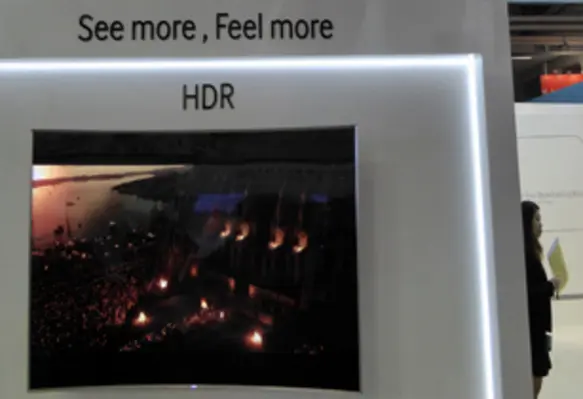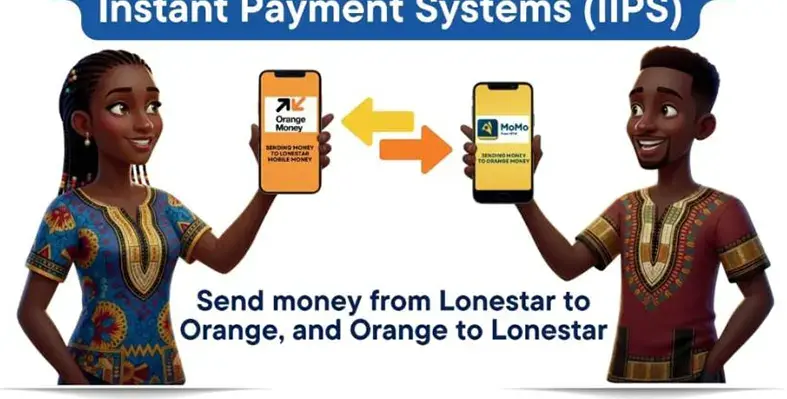With a claimed 55,128 visitors from more than 170 countries, and 1,800 exhibiting companies, IBC 2015 was the largest and best attended since the convention was first held in 1967
The exhibition and its parallel conference were held mid-September at the RAI Centre, southern Amsterdam.
With Amazon and Netflix already offering online television content at 4K horizontal resolution, a central theme of this year's exhibition and conference was the increasing focus on 4K production and processing capabilities. Programme-makers are already showing serious interest in 4K content origination because this potentially extends the commercial life of the resultant programmes compared with shooting at lower video resolution. Broadcasters, however, are being more circumspect in their attitude to 4K given the need for higher transmission data rates or counterproductive amounts of data compression. Channels which only recently advanced from standard definition into high definition are naturally being cautious about funding another round of upgrades. They can afford to be; the upconverters in many modern consumer 4K television displays are excellent.
Both the IBC2015 show floor and the conference presentations reflected increasing interest in delivering improved dynamic range to match the increasing performance capabilities of consumer and professional television displays. Dolby Laboratories has been promoting high dynamic range video processing for several years. The question inevitably arises of how to deliver that extended performance on affordable consumer television displays. Two impressive jaw-droppers at the show were a pair of LED-backlit 4K LCD screens on the Samsung stand, both delivering the very high picture quality hitherto achievable only with OLEDs. The Samsung LED screens were bright, the colour quality was excellent and the black areas showed no sign of backlight show-through. This technology might prove a serious alternative to the relatively high price of OLED television receivers and monitors.
The relative merits of capital expenditure (capex) and operational expenditure (opex) were another key theme this year. The opex model is obviously not new; I recollect one major broadcast software vendor discussing the potential of supplying software on a per-project or per hour leasing based back in the mid 1980s during a Montreux Television Symposium.
The rest of the article can be found on page 24 of Communications Africa:http://www.communicationsafrica.com/magazine/current-issue























